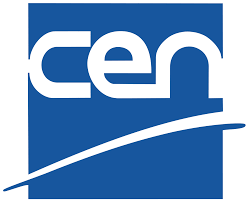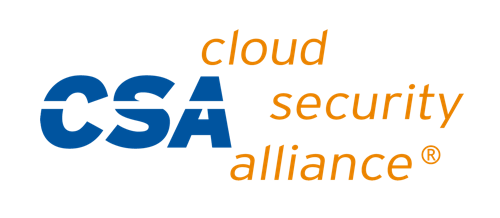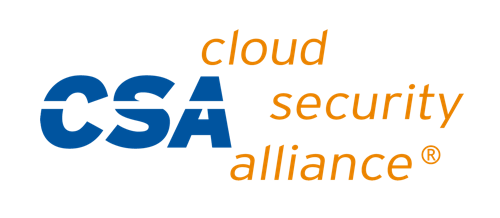Guidance for signature creation and other related devices
The present Technical Report provides guidance on the selection of standards and options for the signature/seal creation and other related devices (area 2) as identified in the framework for standardization of signatures: overview ETSI/TR 119 000 [16]. The present Technical Report describes the Business Scoping Parameters relevant to this area (see Clause 5) and how the relevant standards and options for this area can be identified given the Business Scoping Parameters (Clause 6). The target audience of this document includes: - business managers who potentially require support from electronic signatures/seals in their business and will find here an explanation of how electronic signatures/seals standards can be used to meet their business needs; - application architects who will find here material that will guide them throughout the process of designing a system that fully and properly satisfies all the business and legal/regulatory requirements specific to electronic signatures/seals, and will gain a better understanding on how to select the appropriate standards to be implemented and/or used; - developers of the systems who will find in this document an understanding of the reasons that lead the systems to be designed as they were, as well as a proper knowledge of the standards that exist in the field and that they need to know in detail for a proper development.











